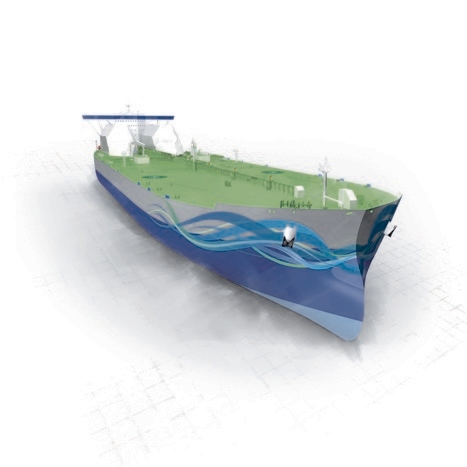Ship shape: a new concept for greener, cleaner oil tankers
A novel tanker design aims to tackle the issues of how to efficiently transport large quantities of oil.
The future is low carbon. The message has been drummed into us insistently over the past decade and more. Whether the argument is climate change or dwindling resources, we’ve all been told that we need to prepare for a future without oil. However, the reality is that even taking into account reductions in fossil-fuel use, we still get through a hell of a lot of the stuff and we’re going to keep using it for most of the next century, at least.

That means oil has to be moved around in large volumes. With much of the supply in the Middle East and demand distributed around the world, the most practical way of moving the heaviest of hydrocarbons, crude oil, is much the same as it has been for years: big ships.
The workhorses of the oil tanker world are Very Large Crude Carriers (VLCCs) and they’re the biggest things afloat. Typically around 300m long and 60m wide, they ply the main routes – from the Gulf around the Cape of Good Hope and into the ports of Texas; through the Suez Canal and across the Mediterranean to Milford Haven and Western Europe; and around India to Singapore and then on to China – carrying around 300,000 tonnes of crude oil on each voyage. Shipping is one of the most efficient users of energy for transport and, besides, there’s very little choice but to use these oceanic giants for this type of work. However, VLCCs are coming under increasing scrutiny for their own environmental profiles.
Register now to continue reading
Thanks for visiting The Engineer. You’ve now reached your monthly limit of premium content. Register for free to unlock unlimited access to all of our premium content, as well as the latest technology news, industry opinion and special reports.
Benefits of registering
-
In-depth insights and coverage of key emerging trends
-
Unrestricted access to special reports throughout the year
-
Daily technology news delivered straight to your inbox










Water Sector Talent Exodus Could Cripple The Sector
Maybe if things are essential for the running of a country and we want to pay a fair price we should be running these utilities on a not for profit...